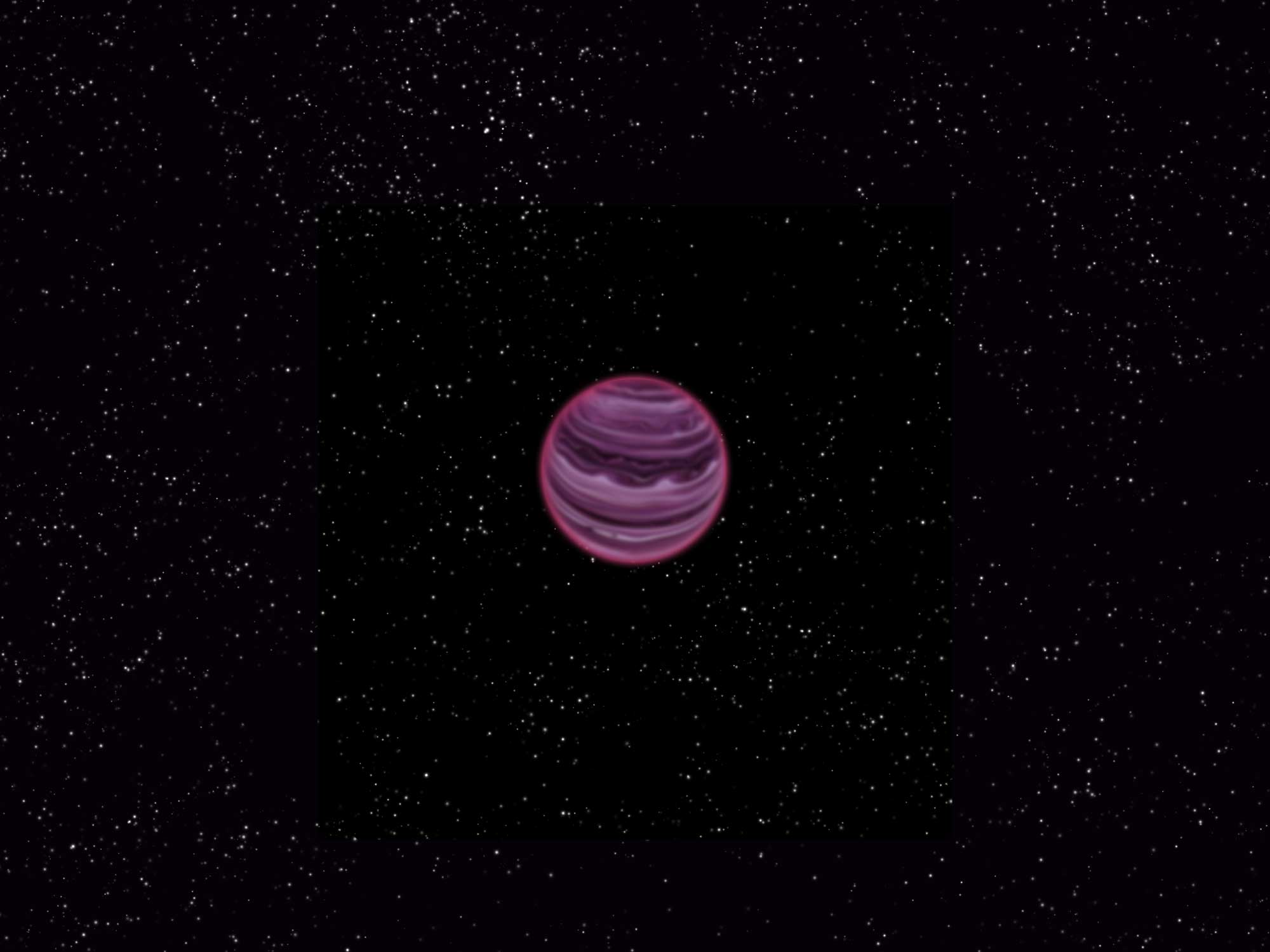For centuries, our understanding of planets revolved around a central star – a blazing sun that provided warmth, light, and dictated the orbital dance of its planetary companions. However, recent discoveries have challenged this traditional view, unveiling a new class of celestial objects – rogue planets, or planets without suns. This article delves into the captivating world of rogue planets, exploring their formation, characteristics, and the implications for our understanding of planetary systems.
Astronomers have long been on the hunt for a specific type of star – faint, low-mass objects known as brown dwarfs. These dim stellar embers occupy a curious grey area between stars and giant planets. In their search, astronomers stumbled upon something even more unexpected – a free-floating object with all the characteristics of a planet, yet devoid of a stellar companion.
Our conventional understanding dictates that planets form from the leftover debris of stellar birth. Gas and dust coalesce around a young star, eventually condensing into planets. This lone wanderer, however, defies this paradigm. It exists in the vast emptiness of interstellar space, untethered to any star. While the exact size and composition remain under investigation, initial observations suggest a resemblance to Jupiter, only significantly larger.
The existence of a rogue planet raises intriguing questions about its origins. Two primary theories dominate current discussions. The first scenario involves a violent eviction. A young planetary system might experience gravitational instability, with a forceful ejection hurling a planet out into the interstellar void. The second theory proposes an alternative formation pathway altogether. Perhaps, under certain conditions, giant clumps of gas and dust within a nebula could collapse directly into planets, bypassing the stellar formation stage.
The discovery of this rogue planet holds immense significance for our understanding of planetary formation and evolution. It serves as the first concrete evidence for the existence of planets independent of stars. Furthermore, the young age of this rogue planet offers a unique opportunity to study the primordial stages of planetary development. By analyzing its properties, astronomers can potentially gain insights into the early formation of giant planets like Jupiter in our own solar system.
One of the most captivating aspects of rogue planets lies in their observational advantages. Without the intense glare of a nearby star, astronomers can directly study these objects with powerful telescopes. This unobscured view allows for a more detailed analysis of their atmospheres, compositions, and potential presence of features like rings or moons. In contrast, studying planets orbiting stars often involves complex techniques to separate the faint planetary light from the overwhelming brilliance of the host star.
While the discovery of rogue planets is a groundbreaking step, numerous questions remain unanswered. How common are these solitary wanderers? Do they possess unique characteristics compared to their star-bound counterparts? The quest to understand rogue planets necessitates further exploration and discovery. Future telescope missions with even greater sensitivity and resolution hold the promise of uncovering a population of rogue planets, allowing astronomers to paint a more comprehensive picture of their formation mechanisms and prevalence in the cosmos.
The existence of rogue planets compels us to re-evaluate our understanding of planetary system formation. It suggests that planetary formation might not be as tightly coupled to stellar birth as previously thought. This has implications for our own solar system. Could rogue planets have played a role in the early evolution of our solar system, perhaps influencing the orbits of planets or contributing to bombardment events? Future research may reveal unexpected connections between rogue planets and established planetary systems.
The discovery of rogue planets shatters our preconceived notions about planetary existence. It unveils a universe teeming with possibilities, where planets can exist independent of stars, challenging our understanding of planetary formation and evolution.
Tags:
Cosmology

